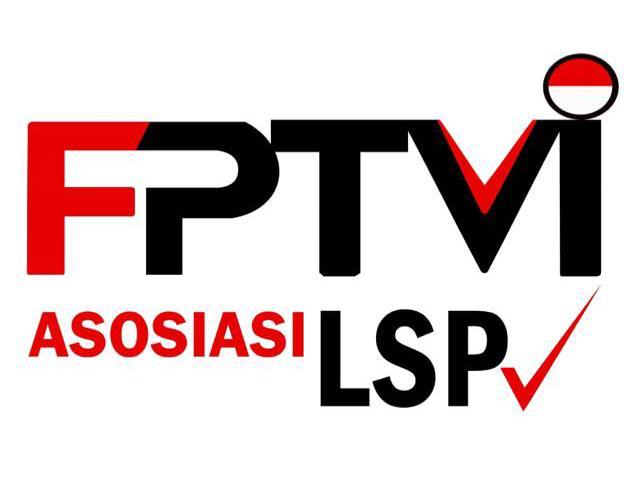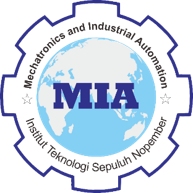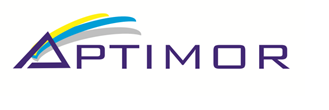Characterization of Hydroxyapatite From Kupang Shells and Its Synthesis with Polycaprolactone for 3D Printing Filament
Abstract
Keywords
Full Text:
PDFReferences
A. Erryani, “PENGARUH PENAMBAHAN MAGNESIUM TERHADAP SIFAT MEKANIK, MIKROSTRUKTUR DAN ELECTROCHEMICAL IMPEDANCE SPECTROSCOPY POLIMER PLA/ABS UNTUK MATERIAL IMPLAN BIOABSORBABEL,” Metalurgi, vol. 35, no. 3, p. 89, Dec. 2020, doi: 10.14203/metalurgi.v35i3.567.
A. Anjarsari, K. Dahlan, P. Suptijah, and T. Kemala, “Synthesis and Characterization of Biocomposite BCP/Collagen for Bone Material Scaffold,” J Pengolah Has Perikan Indones, vol. 19, no. 3, p. 356, Dec. 2016, doi: 10.17844/jphpi.v19i3.14542.
S. Mondal et al., “Hydroxyapatite nano bioceramics optimized 3D printed poly lactic acid scaffold for bone tissue engineering application,” Ceram Int, vol. 46, no. 3, pp. 3443–3455, Feb. 2020, doi: 10.1016/j.ceramint.2019.10.057.
N. A. S. Mohd Pu’ad, J. Alipal, H. Z. Abdullah, M. I. Idris, and T. C. Lee, “Synthesis of eggshell derived hydroxyapatite via chemical precipitation and calcination method,” Mater Today Proc, vol. 42, pp. 172–177, 2021, doi: 10.1016/j.matpr.2020.11.276.
D. Wu, A. Spanou, A. Diez-Escudero, and C. Persson, “3D-printed PLA/HA composite structures as synthetic trabecular bone: A feasibility study using fused deposition modeling,” J Mech Behav Biomed Mater, vol. 103, p. 103608, Mar. 2020, doi: 10.1016/j.jmbbm.2019.103608.
W. Xue, P. Chen, F. Wang, and L. Wang, “Melt spinning of nano-hydroxyapatite and polycaprolactone composite fibers for bone scaffold application,” J Mater Sci, vol. 54, no. 11, pp. 8602–8612, Jun. 2019, doi: 10.1007/s10853-019-03475-y.
H. Khandelwal and S. Prakash, “Synthesis and Characterization of Hydroxyapatite Powder by Eggshell,” Journal of Minerals and Materials Characterization and Engineering, vol. 04, no. 02, pp. 119–126, 2016, doi: 10.4236/jmmce.2016.42011.
V. Dhand, K. Y. Rhee, and S.-J. Park, “The facile and low temperature synthesis of nanophase hydroxyapatite crystals using wet chemistry,” Materials Science and Engineering: C, vol. 36, pp. 152–159, Mar. 2014, doi: 10.1016/j.msec.2013.11.049.
C. Esposito Corcione et al., “3D printing of hydroxyapatite polymer-based composites for bone tissue engineering,” Journal of Polymer Engineering, vol. 37, no. 8, pp. 741–746, Oct. 2017, doi: 10.1515/polyeng-2016-0194.
S.-C. Wu, H.-C. Hsu, S.-K. Hsu, Y.-C. Chang, and W.-F. Ho, “Synthesis of hydroxyapatite from eggshell powders through ball milling and heat treatment,” Journal of Asian Ceramic Societies, vol. 4, no. 1, pp. 85–90, Mar. 2016, doi: 10.1016/j.jascer.2015.12.002.
M. Mashuni, M. Natsir, W. M. Lestari, F. H. Hamid, and M. Jahiding, “Pemanfaatan Kitosan dari Cangkang Kepiting Bakau (Scylla serrata) dengan Metode Microwave sebagai Bahan Dasar Kapsul Obat,” ALCHEMY Jurnal Penelitian Kimia, vol. 17, no. 1, p. 74, Mar. 2021, doi: 10.20961/alchemy.17.1.42038.74-82.
E. Sulistyawati and R. F. S. Siregar, “Karakteristik Hidroksiapatit Porous dari Prekursor Cangkang Keong Sawah dan Bahan Porogen Pati Sukun,” Eksergi, vol. 16, no. 2, p. 59, Nov. 2019, doi: 10.31315/e.v16i2.3082.
S. Rahayu, D. W. Kurniawidi, and A. Gani, “Pemanfaatan Limbah Cangkang Kerang Mutiara (Pinctada Maxima) Sebagai Sumber Hidroksiapatit,” Jurnal Pendidikan Fisika dan Teknologi, vol. 4, no. 2, pp. 226–231, Nov. 2018, doi: 10.29303/jpft.v4i2.839.
DOI: http://dx.doi.org/10.12962%2Fj23378557.v9i2.a16864
Refbacks
- There are currently no refbacks.
This work is licensed under a Creative Commons Attribution 4.0 International License. IPTEK The Journal of Engineering published by Pusat Publikasi Ilmiah, Institut Teknologi Sepuluh Nopember.
Please contact us for order or further information at: email: iptek.joe[at]gmail.com Fax/Telp: 031 5992945. Editorial Office Address: Pusat Riset Building 6th floor, ITS Campus, Sukolilo, Surabaya 60111, Indonesia.








